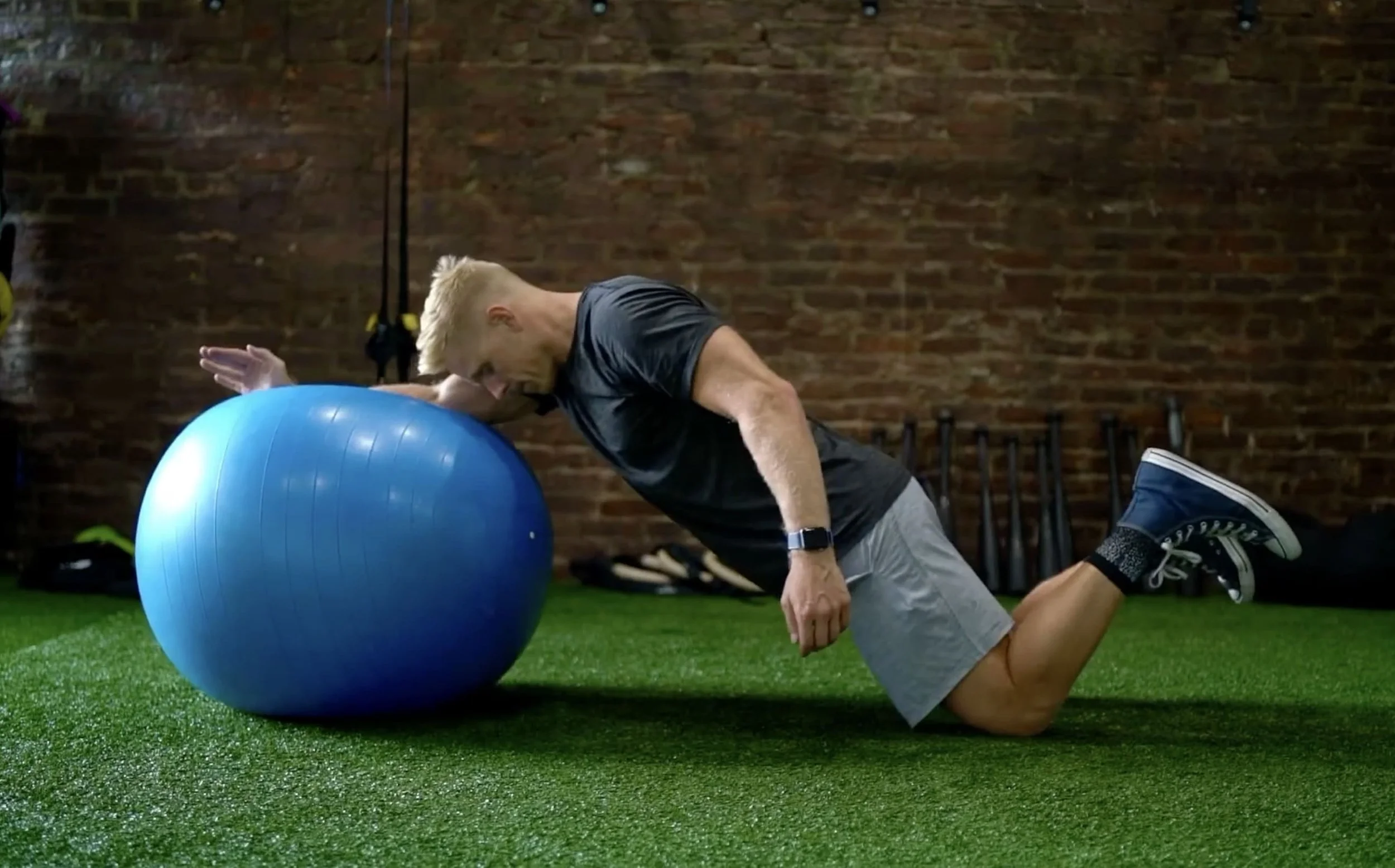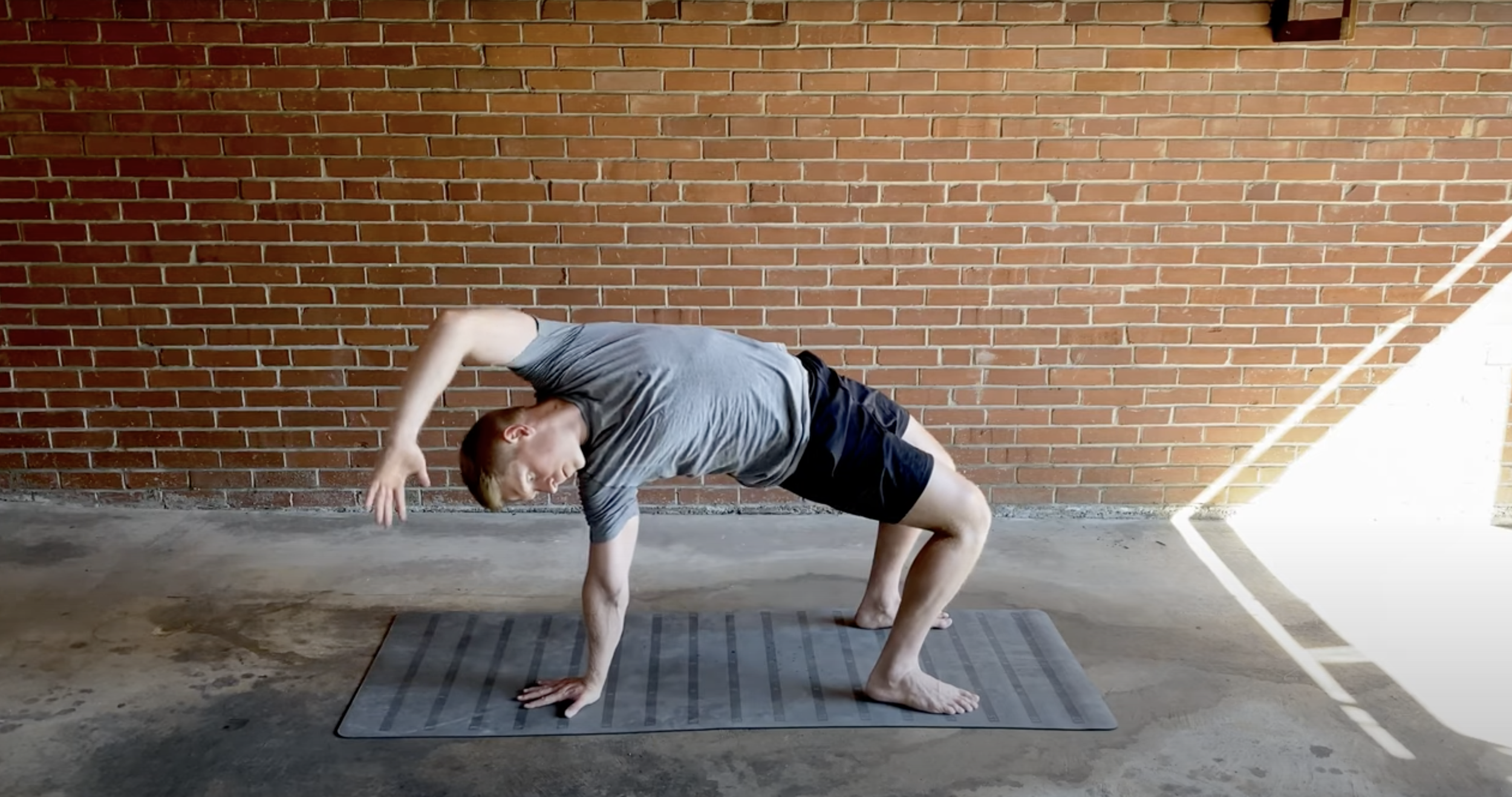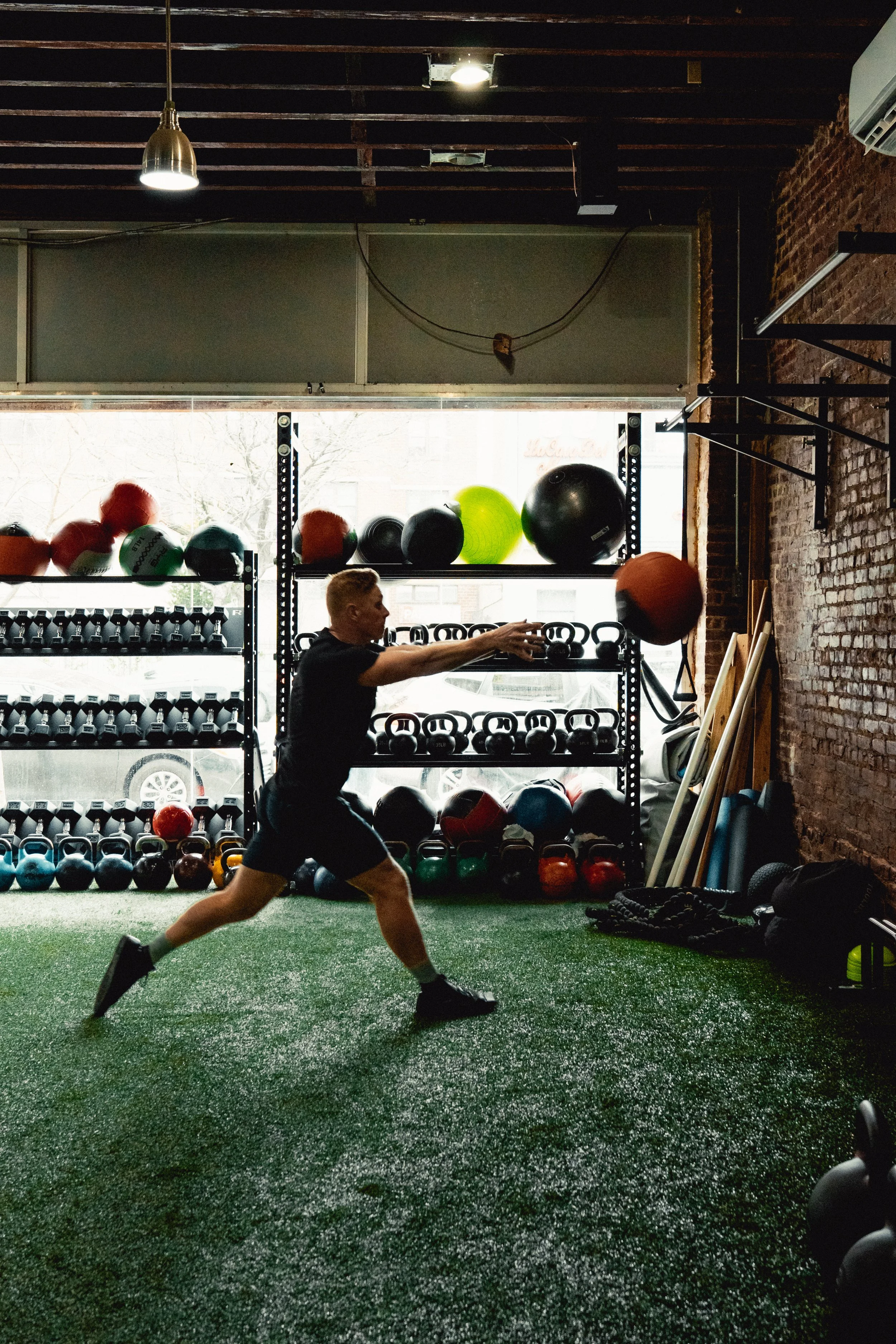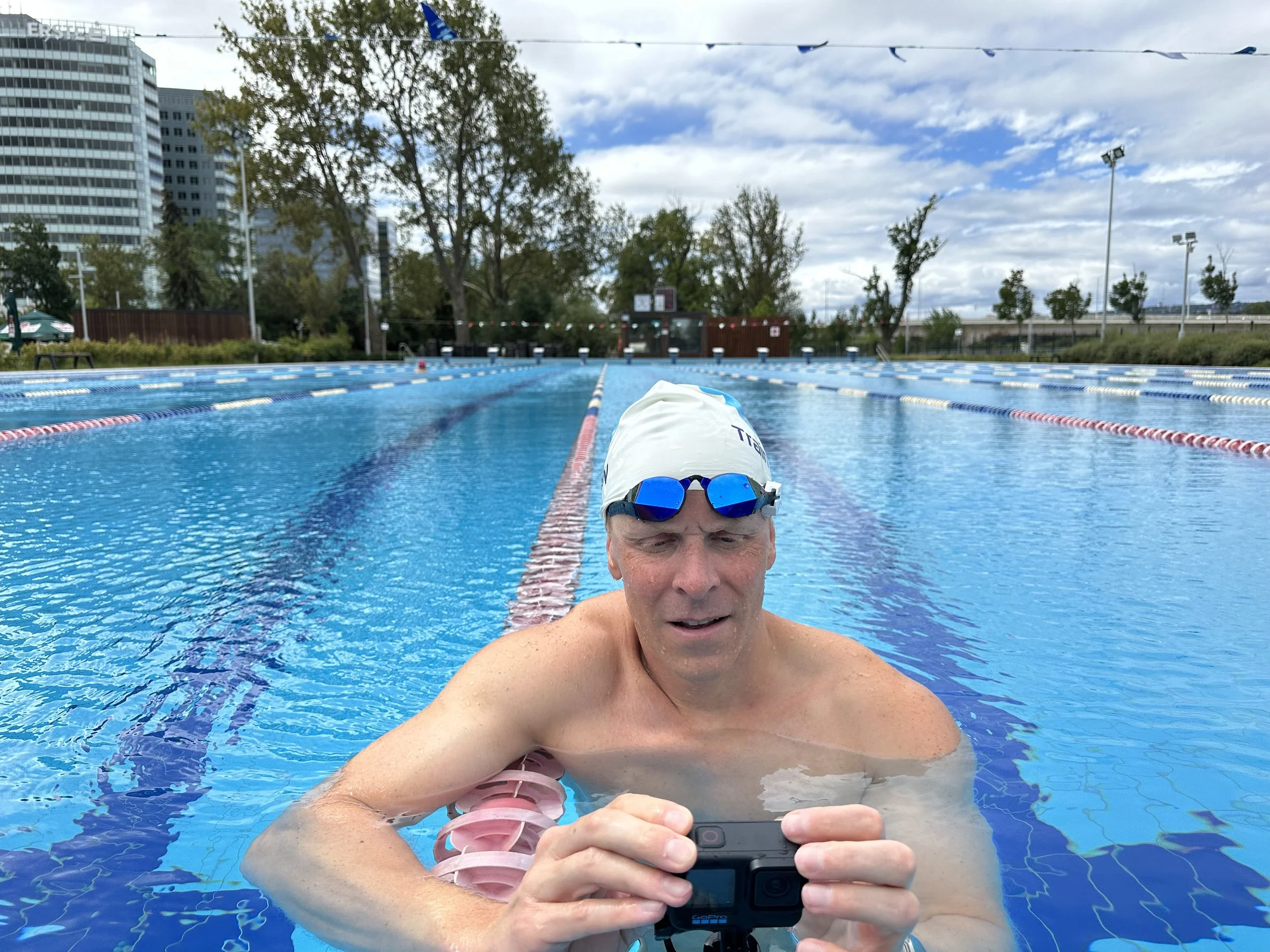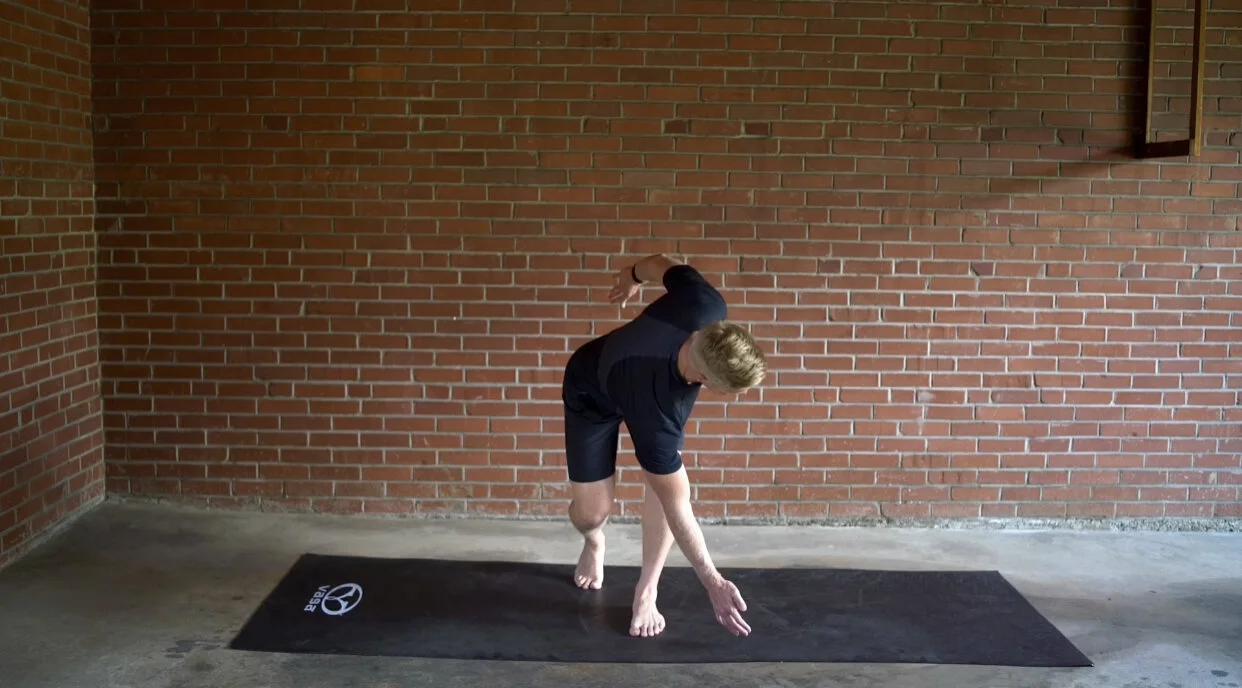Stability Ball Exercises for Swimmers: Build Core Strength, Balance, and Control
/Stability ball training is one of the most effective ways for swimmers to build core strength, hip stability, and body control. In this guide, I break down the top stability ball exercises—including knee tucks, rollouts, glute bridges, and pikes—to help you swim faster with better technique.
Read More
